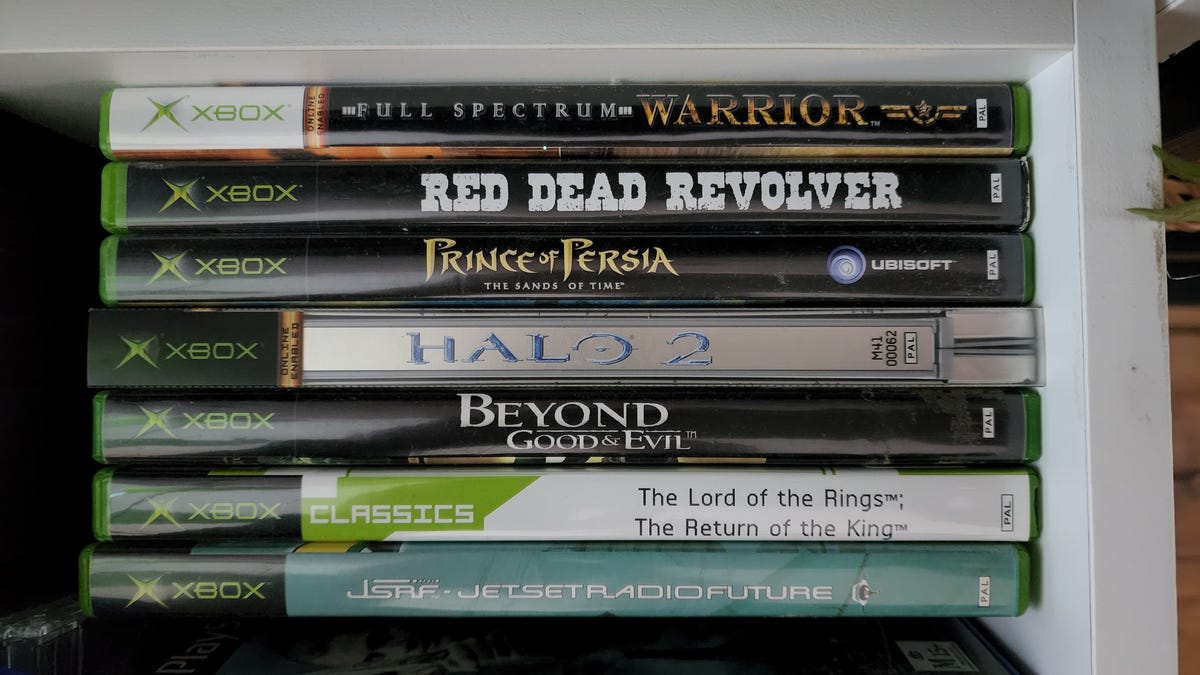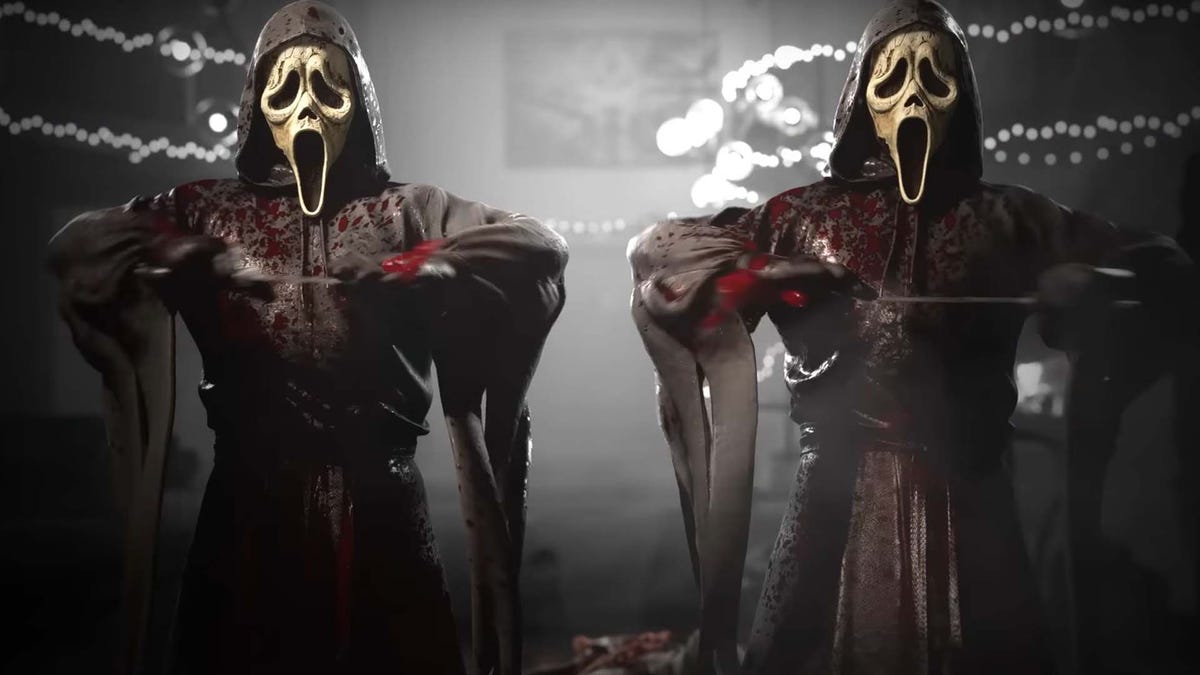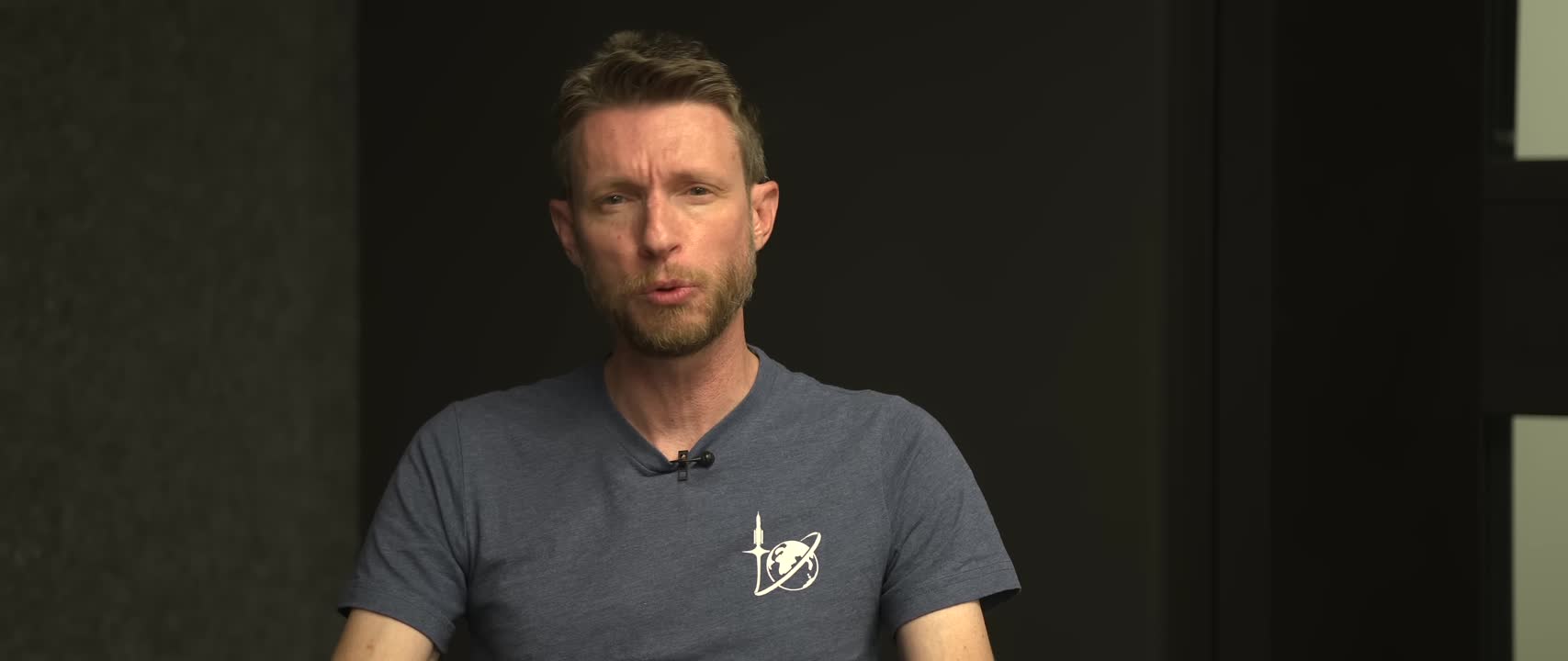
Microsoft has applied for a patent, but it’s not a perfect solution for every hassle you have with modern consoles and digital propertycan still a big step forward for anyone who has a catalog of games on disc but has bought (or is considering buying) a digital-only console.
The patent, first discovered by gamerantis called Software ownership validation of optical discs with secondary deviceand while it goes into great detail as to why it is requested and how it works, it basically boils down to allowing users to insert a disc into a console that has both a disc drive and an internet connection by using that internet connection use to confirm the user’s ownership of the disc and then allow the same user to download the digital version of the same game to a second digital-only console for free.
Here is Microsoft’s pitch for the application, recognizing “the ‘feel’ of dealing with the physical video game media and/or the nostalgia associated with the physical video game media”:
In recent years, there has been a trend towards producing and consuming digital video game content. As a result of this trend, many people now prefer digital video game content over physical video game media. Accordingly, many next-generation video game machines being developed are configured without hardware components for playing physical video game media. Consequently, if an owner of a previous generation video game device purchases a next generation video game device, the owner will not be able to play their physical video game media on the next generation video game device. Instead, the owner must re-purchase the digital version of the video game content for the next-generation video game device. This scenario is undesirable for several reasons.
First, video game content (both physical and digital) represents a significant financial investment for some people. Although the digital version of the video game content for the next-generation video game device may offer additional content and/or significant technological improvements, some people may find it difficult to repurchase of a video game they already own and have already played or completed. Second, many owners of physical video game media have emotional attachments to their physical video game media. These owners simply appreciate the “feel” of handling the physical video game media and/or the nostalgia associated with the physical video game media. Additionally, many of these owners consider their libraries of physical video game media and paraphernalia to be valuable collections, much like rare coin collections, baseball card collections, etc.
And it would work like this:
To address such challenges in playing previous generation physical video game media on next generation digital video game devices, the present disclosure describes systems and methods for providing software ownership validation of optical discs using secondary devices. In aspects, a local area network may include at least first and second devices. For example, the first and second devices can be connected to a local area network (LAN) that can be accessed by one or more users. Alternatively, the first and second devices may not be connected to the same local area network. For example, the first device can be connected to a first local area network and the second device can be connected to a second local area network. The first and second devices can communicate using the Internet or a distributed network system. The first and second devices can be accessed through a common user account, separate user accounts of a common user, or separate user accounts of separate users…
…Physical media, e.g. B. an optical disc, can be inserted into the optical disc drive of the second device. The second device may be authorized to access electronic content such as B. video game content to access the physical media. The second device may also be configured with a selectable setting or option that enables the second device to validate the user’s ownership of the electronic content on the physical media. For example, if the setting or option is enabled, the second device may be able to verify to a separate device, such as the first device, that a particular user or user account owns the electronic content on the physical media owns.
The application was made in November 2020, which, if you looked at that, was the exact same month that the Xbox Series S, an Xbox-only digital console, was released.








